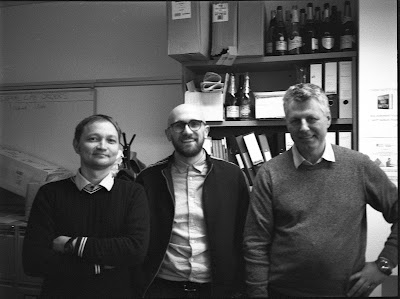Amsterdam Stem cell and organoid symposium (20-22 Feb 2019)
Dr. R. Dmitriev will attend the Stem Cells & Organoids in Development and Disease symposium, where he will present a poster on the visualisation of stem cell niche by the multi-parametric FLIM approach. This international meeting promises to be one of the main events in the organoids science in 2019. More information and program can be found here . The program & abstracts are available as PDF.

